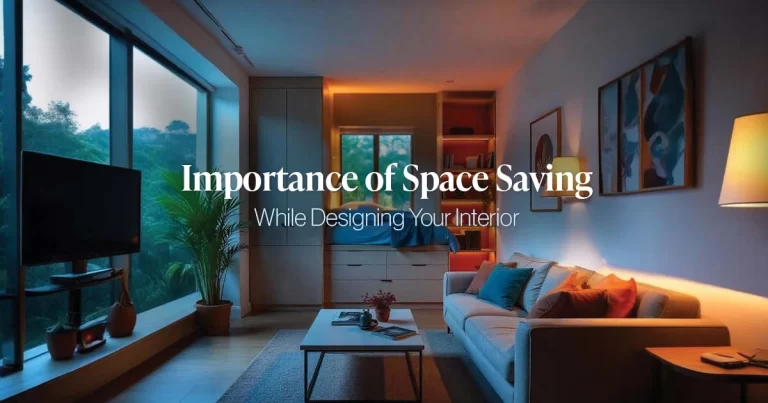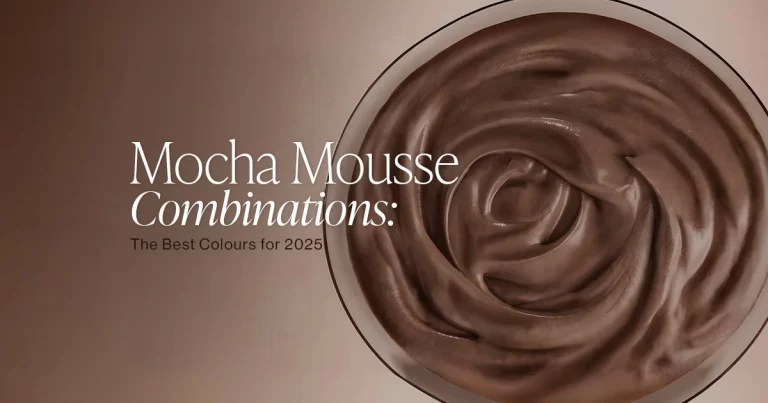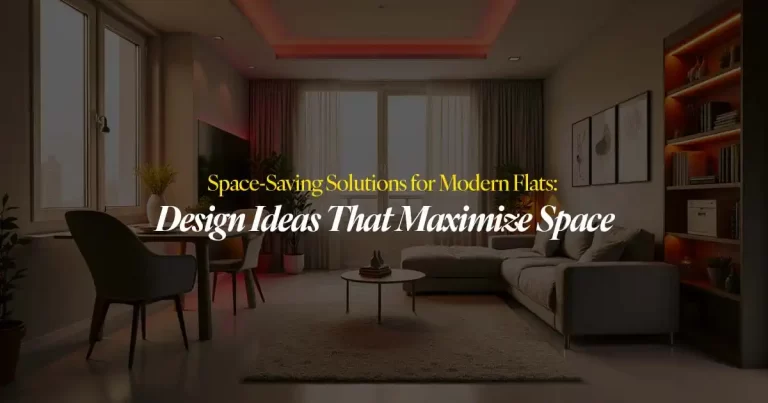How to Balance Affordability and Quality in Your Interior Design Projects

In interior design, the desire for a beautiful, high-quality home often clashes with budget constraints. Many homeowners find themselves caught between the dream of luxurious decor and the reality of their financial limitations. However, achieving a stylish and well-crafted interior doesn’t always mean breaking the bank.
The key lies in finding the perfect balance between affordability and quality. By making smart choices, prioritizing wisely, and employing cost-effective design solutions, you can create a space that looks and feels expensive without the hefty price tag.
Ready to discover how you can achieve high-quality interior design on a budget? Keep reading to uncover expert strategies that will help you make the most of your design dollars and create a home you’ll love without compromise.
Budget-Friendly Interior Design Strategies: Maximizing Quality Without Breaking the Bank
Now, let’s explore nine key strategies for balancing cost and quality in your interior design projects. These tips will help you make smart, value-driven design choices that deliver maximum impact without overspending.
- Invest in Key Pieces: Prioritize Spending for Maximum Impact
When working with a limited budget, it’s crucial to identify where your money will have the most significant impact. Invest in high-quality, durable pieces for frequently used items like sofas, beds, and dining tables. These form the foundation of your space and will withstand daily use.
For less crucial elements, such as decorative accents or occasional furniture, you can opt for more budget-friendly options. This strategy of smart interior design investments ensures that your most important pieces are built to last, while still allowing you to create a cohesive look throughout your home.
- Choose Durable Materials: Long-Term Savings Through Quality Selections
Selecting durable materials is a cornerstone of cost-efficient home improvement. While higher-quality materials might have a higher upfront cost, they often prove more economical in the long run due to their longevity and resistance to wear and tear.
Look for fabrics with high rub counts for upholstery, opt for solid wood over particleboard for furniture, and choose high-quality paint that will resist fading and chipping. These choices contribute to a polished look while reducing the need for frequent replacements or repairs.
- DIY Strategically: Balance Professional Work with Personal Projects
One of the most effective budget renovation tips is to strategically incorporate DIY projects. Tasks like painting, installing hardware, or assembling furniture can be great ways to save money without compromising on quality.
However, it’s important to know your limits. For complex jobs that require specialized skills, such as electrical work or custom carpentry, hiring professionals is often more cost-effective in the long run. This balanced approach allows you to save on labour costs where possible while ensuring high-quality results for more challenging aspects of your project.
- Shop Smart: Hunt for High-Quality, Low-Cost Interior Design Elements
Achieving affordable luxury home décor often comes down to knowing where and how to shop. Look beyond big-box stores and explore options like:
- Thrift stores and consignment shops for unique, high-quality pieces at a fraction of their original cost
- Online marketplaces for gently used designer items
- Outlet stores for discounted high-end furnishings
- Seasonal sales at your favourite retailers
Remember, patience is key. Taking the time to hunt for deals can result in significant savings on quality items.
- Upcycle and Repurpose: Transform Existing Items for a Fresh Look
One of the most creative cost-saving design techniques is upcycling. Look around your home for items that could be given new life with a bit of imagination and effort. An old dresser could become a stylish bathroom vanity, or outdated dining chairs could be reupholstered for a fresh look.
This approach not only saves money but also adds unique, personalized touches to your space. It’s a fantastic way to achieve high-quality, custom pieces without the custom price tag.
- Focus on Timeless Design: Avoid Trendy Choices for Long-Term Value
When balancing cost and quality in design, it’s wise to focus on timeless aesthetics rather than fleeting trends. Classic designs and neutral colour schemes tend to age well, reducing the need for frequent updates.
Invest in pieces with clean lines and versatile styles that can adapt to changing tastes over time. This approach to value-driven design choices ensures that your interior remains stylish for years to come, maximizing the return on your investment.
- Leverage Lighting: Affordable Ways to Transform Your Space
Good lighting can dramatically elevate the look of your space without a significant investment. Consider these cost-effective design solutions:
- Update outdated fixtures with modern, affordable options
- Use a mix of ambient, task, and accent lighting to create depth and interest
- Incorporate dimmer switches to control mood and atmosphere
Remember, natural light is free! Maximize it by using light, airy window treatments and strategically placed mirrors to brighten your space.
- Find Affordable Skilled Contractors: Quality Work Without Premium Prices
For tasks beyond your DIY capabilities, finding affordable skilled contractors is crucial. Here are some tips:
- Get multiple quotes to compare prices and services
- Ask for recommendations from friends, family, or local home improvement stores
- Check online reviews and portfolios to assess the quality of their work
- Consider hiring up-and-coming professionals who may offer competitive rates to build their portfolio
Remember, the cheapest option isn’t always the best. Look for a balance of fair pricing and proven quality work.
- Embrace the Power of Paint: A Cost-Efficient Home Improvement Tool
Paint is perhaps the most versatile and cost-effective tool in your interior design arsenal. A fresh coat of paint can transform a room, update outdated elements, and even make spaces appear larger or cozier.
Opt for high-quality paint that offers good coverage and durability. This might cost a bit more upfront but will save money in the long run by requiring fewer coats and touch-ups. Don’t be afraid to get creative with paint – consider bold accent walls, painted ceilings, or even painted floors for a high-impact, low-cost update.
Balancing affordability and quality in your interior design projects is an art that combines smart planning, creative thinking, and strategic investments. By prioritizing spending on key elements, choosing durable materials, and employing cost-saving techniques, you can achieve a high-end look without the high-end price tag. Remember, great design doesn’t have to be expensive – it just needs to be thoughtful and well-executed. With these budget-friendly interior design strategies, you’re well-equipped to create a beautiful, quality home that reflects your style and respects your budget.



